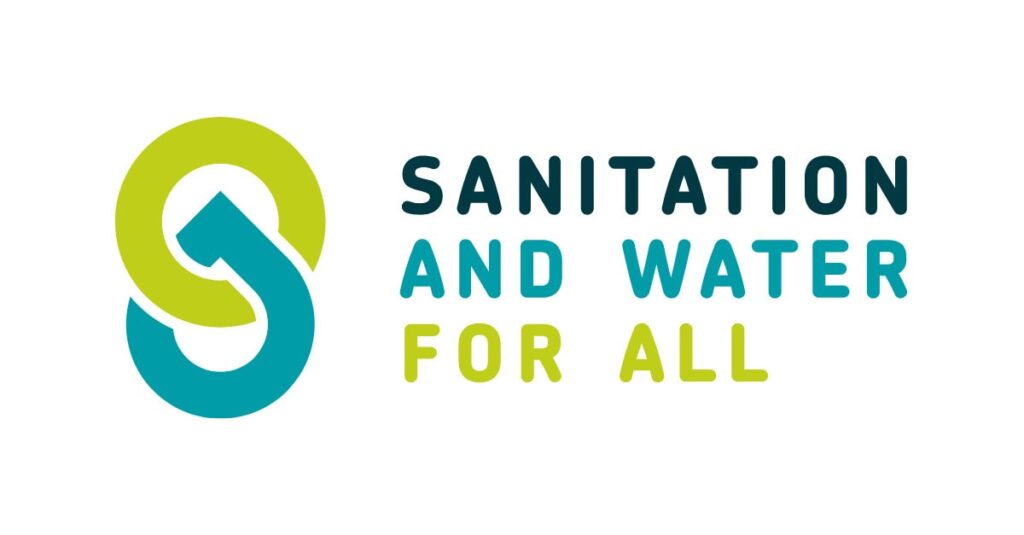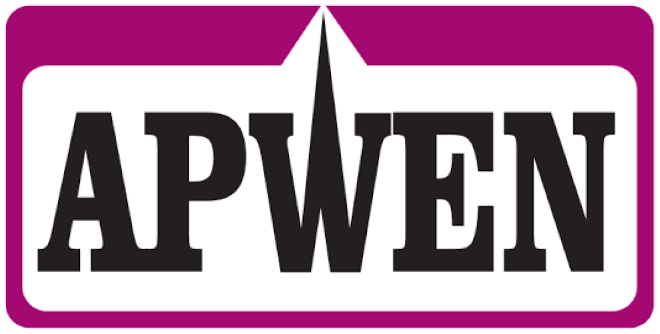
A closing entry is an accounting term that refers to journal entries made at the end of an accounting period to close temporary accounts. Temporary accounts, also known as nominal accounts, are used to track financial activity over a specific period and are closed at the end of that period. In contrast, permanent accounts, or real accounts, carry their balances into future periods and include assets, liabilities, and equity accounts.
Accounting made for beginners
Permanent accounts what do the balances of temporary accounts show? include assets and liabilities, such as cash and loans payable. Every transaction must be recorded as both debit and credit. This method ensures accuracy and balance in an organization’s finances. However, the impact of transactions on ledger balances varies between temporary and permanent accounts.

Permanent Accounts Explained: The Backbone of Balance Sheets
The permanent accounts contrast with temporary ones by keeping a running total. It also lays the foundation for ongoing financial tracking and responsibility. Temporary accounts play a big part in showing a company’s profit and loss account. They reflect how well a business is doing by showing changes in cash flow. This moves any profit or loss to the permanent accounts, like retained earnings. The balances in all temporary accounts are transferred to thecapital or the retained earnings account, leaving the temporaryaccounts with zero balances.
What report lists accounts and their balances in which the total debit balances should equal the total credit balances?
- To close the drawing account to the capital account, we credit the drawing account and debit the capital account.
- They are instrumental in the generation of the income statement, a financial report that outlines a company’s financial performance over a specific period.
- Temporary accounts, also known as nominal accounts, are accounts that track financial transactions and activities over a specific accounting period.
- Also known as real or balance sheet accounts, these are general ledger entries that do not close at the end of an accounting period but are instead carried forward to subsequent periods .
- Accountants learn early on that there are multiple types of accounts classified as assets, liabilities, equity, revenues or expenses.
To close the drawing account to the capital account, we credit the drawing account and debit the capital account. This is closed by doing the opposite – debit the capital account (decreasing the capital balance) and credit Income Summary. Temporary accounts, also known as nominal accounts, refer to accounts closed at the end of each accounting period. Temporary accounts represent the summary of income/loss of a business at any time. Then, the net profit amount of $300,000 will be transferred to the retained earnings account.

How do you verify balances on the trial balance?
This involves shifting contribution margin balances from temporary to permanent equity accounts. These are often known as owner’s capital for small businesses or retained earnings for corporations. Essentially, it resets for the next period and updates retained earnings with the latest net income or loss.

To close the revenue account, the accountant creates a debit entry for the entire revenue balance. For example, if the total revenue recorded was $20,000, then a debit entry of the same amount should be written in the revenue account. Both account types use the double-entry system, entering each transaction as debits and credits. Temporary accounts end with zero balances, while permanent ones accumulate values. Remember that all revenue, sales, income, and gain accounts are closed in this entry.
- Since dividend and withdrawal accounts are not income statement accounts, they do not typically use the income summary account.
- Looking at how temporary accounts are handled offers insights into a company’s financial flexibility.
- The bottom line of these accounts is net profit (or loss) at the end of each accounting period.
- They carry forward balances, reflecting the financial performance over years within the balance sheet.
- This helps them start fresh in tracking profits and costs in new periods.
- In other words, revenue, expense, and withdrawal accounts always have a zero balance at the start of the year because they are always closed at the end of the previous year.
- Adjusted trial balance – This is prepared after adjusting entries are made and posted.
In essence, we are updating the capital balance and resetting all temporary account balances. As you will see later, Income Summary is eventually closed to capital. Revenue accounts record the income generated from a business’s primary activities, such as sales of goods or services.
The utility of temporary accounts extends to the assessment of financial health and the formulation of strategies. Managers and analysts use the data from these accounts to identify trends, measure profitability, and compare performance against past periods or industry benchmarks. For instance, a surge in the revenue account may indicate a successful marketing campaign, while an unexpected rise in expenses could signal a need for HOA Accounting cost control measures. Temporary accounts play a pivotal role in the financial reporting process, serving as vehicles for tracking revenue, expenses, and withdrawals over an accounting period. These figures are essential for businesses to gauge their performance and inform decision-making. Temporary accounts are income statement accounts that are used to track accounting activity during an accounting period.
- This relationship is crucial for stakeholders who are interested in both the immediate results and the enduring financial health of a business.
- This category includes items like Rent Expense, Salaries Expense, and Utilities Expense.
- Both account types use the double-entry system, entering each transaction as debits and credits.
- Permanent accounts, found on the balance sheet, include assets, liabilities, and equity accounts.
- The mix of these accounts shows two important sides of business finances.
Key Features of a Temporary Account
Among the accounts listed, “supplies” and “income” are considered permanent accounts, as they carry over their balances from one accounting period to the next. In contrast, “supplies expense,” “fees,” and “owner’s drawing” are temporary accounts that are closed at the end of each accounting period. Temporary accounts are used to track financial activity for a specific period and reset to zero at the start of the next period.

















